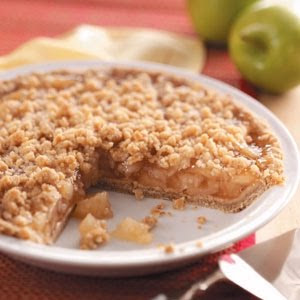ArcGIS Data Creation: Freezed-Dried Features
 Let’s go MATRIX: DUCKY-roll; look dish!
Let’s go MATRIX: DUCKY-roll; look dish!Establishing a vocabulary of shortcut commands and workflows is essential to any effective production environment. Nowhere is it more true than when establishing audible calls coaching basketball where opportunities come and go quickly. Each word, phrase and number is packed full of meaning.
If I have an assembly of multiple GIS features that I want to add to a drawing all at once in ArcGIS for AutoCAD, for example when adding a fire hydrant assembly to a water system that is composed of separate Hydrant, Valve and Service Line features, I can create one version of that combination that I am using over and over again as a block. I can fill in many of the attributes for each feature and then freeze them into an AutoCAD block. Likewise I may have explicit variations of that combination of features that could warrant their own separate block collection made of the same features, but with a different geometric configuration or set of attributes. I can then insert those standard AutoCAD blocks containing my assembly of ArcGIS attributed features. Once exploded using the AutoCAD EXPLODE command each assembly then falls onto the appropriate layers with the right attributes and graphic properties effectively creating the appropriate features.
Once I create my block assembly I can drag an instance of that block onto one of my custom AutoCAD tool palettes. From then on I can quickly place lots of ArcGIS data all at one time that is readily accessible, tidy and organized.
AutoCAD Tip: I could set the properties of the tool on the tool palette to EXPLODE the block automatically. I can also have it prompt me to rotate the assembly. However, using the Explode option on the tool palette also scrubs the entities of their ArcGIS attribute data creating brand new, rather than pre-populated attributes. If instead I use the AutoCAD command EXPLODE to explode the block after inserting it then the ArcGIS feature attributes are retained. I mention this because if you want to pre-populate the features with data, you want to be mindful that the explode option on the tool palette, although convenient is removing any pre-populated ArcGIS attributes. By using the standard AutoCAD EXPLODE command after placing the block, my pre-populated attributes are retained.
…We’re RED on the make, back BLUE to WALMART!


